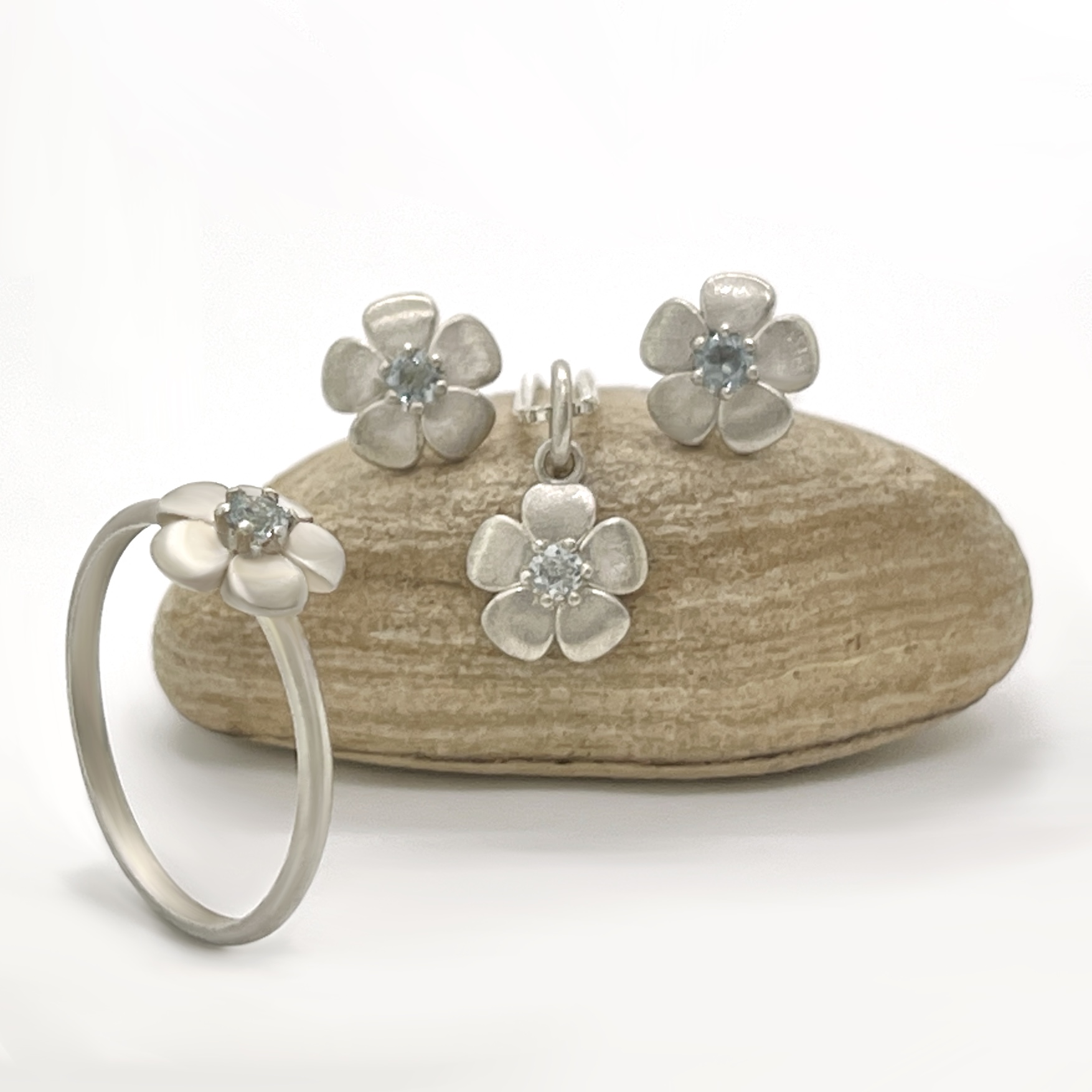Birthstone & Gem Info, Diamond Info, General, Morganite Info
Inclusions in Diamonds and Gemstones, What do they mean and how does that affect their value? Laurie Sarah explains
Let’s talk about inclusions!
My husband and I get asked a lot of questions about inclusions in Diamonds and Gemstones. In this article, we will discuss the following:
-
-
What are inclusions?
-
Are all inclusions bad?
-
How do inclusions affect the value of a Diamond or Gemstone?
-
Some pictures of inclusions and Laurie Sarah’s thoughts on them.
-
What about Treatments? Are those all Treatments bad?
-
WHAT ARE INCLUSIONS?
Put simply, when nature grew the crystal that became your stone, it could have pockets in which other elements could creep in – other kinds of material, or gases. These can cause you to see a little line going through your stone, gases could create what look like little bubbles.
TIP FROM LAURIE SARAH: When choosing your loose Diamonds or Gemstone, ask to see the stone from the back. It’s easier to see what inclusions the stone has through the back of it!
ARE ALL INCLUSIONS BAD?
The answer might surprise you – no! In fact no inclusions are bad. They just are. Think about it. When nature grows a crystal, it is almost never “perfect”. There is almost always going to be some kind of inclusion in it. It’s just a matter of what kind and how big the inclusion is, and how many there are.
So that being said, inclusions tell you 2 amazing things about your Diamond or Gemstone:
- Congratulations, your Diamond or Gemstone is real! That’s right. If you can’t see any inclusions, even under a microscope, you may actually be looking at a manmade fake! So your inclusions tell you that it’s real.
- Identification. Did you know that inclusions help Gemologists determine where your stone is from? Depending on the kind of inclusion it is and what it’s made up of, in many cases the inclusions help them identify the exact mine it was dug up from in which country!
I love what one client shared with me about her sapphire that had a tiny inclusion in it. She said that it made her stone special to her because no one could ever switch her stone out and fool her because that inclusion would help her to identify it. I thought that was a really neat way to fall in love with the individuality of your stone! That is why, instead of using the word “inclusion” I will often say “birthmark” because it really is a unique way to look at the individuality of your stone!
HOW DO INCLUSIONS AFFECT THE VALUE OF A DIAMOND OR GEMSTONE?
But you’ve been told that inclusions devalue a Diamond or Gemstone. What’s up with that?
It depends. Here are some things to consider:
- Yes, in Diamonds, inclusions always bring the value down. But in Gemstones, it depends on what Gem you’re talking about. Gems like Amethyst, Morganite, Citrine and Aquamarine amongst others are valued more the less inclusions they have. But something like Emerald and Rutilated Quartz are valued for their inclusions. Emerald almost never has a lack of visible inclusions, and Rutilated Quartz is loved specifically for how the lines shoot crazily throughout the stone. So you’ll want to know your gemstone. We can help.
- Size matters. We’ve learned earlier that if your stone is a natural diamond or gemstone, it should have some amount of inclusions or it might be fake. So it’s the size and number of the inclusions that now matters. A Diamonds will always have inclusions, but its value goes up if it only has, say one teeny tiny inclusion that can only be seen with a microscope.
- Budget. So for many, it all comes down to budget. If your budget is large, you can purchase a stone that has super tiny and really few inclusions. If your budget is smaller, you may be ok with some larger ones to get the look you want.
So be in the know. It’s really not IF your stone will have inclusions, but how many and how big or small they will be.
SOME EXAMPLES OF INCLUSIONS
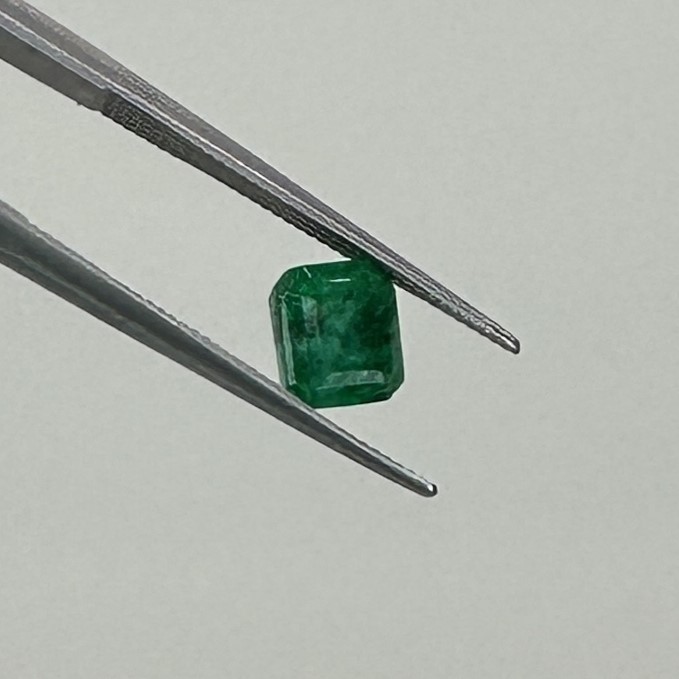
EMERALD
Gorgeous! And its natural inclusions are desirable
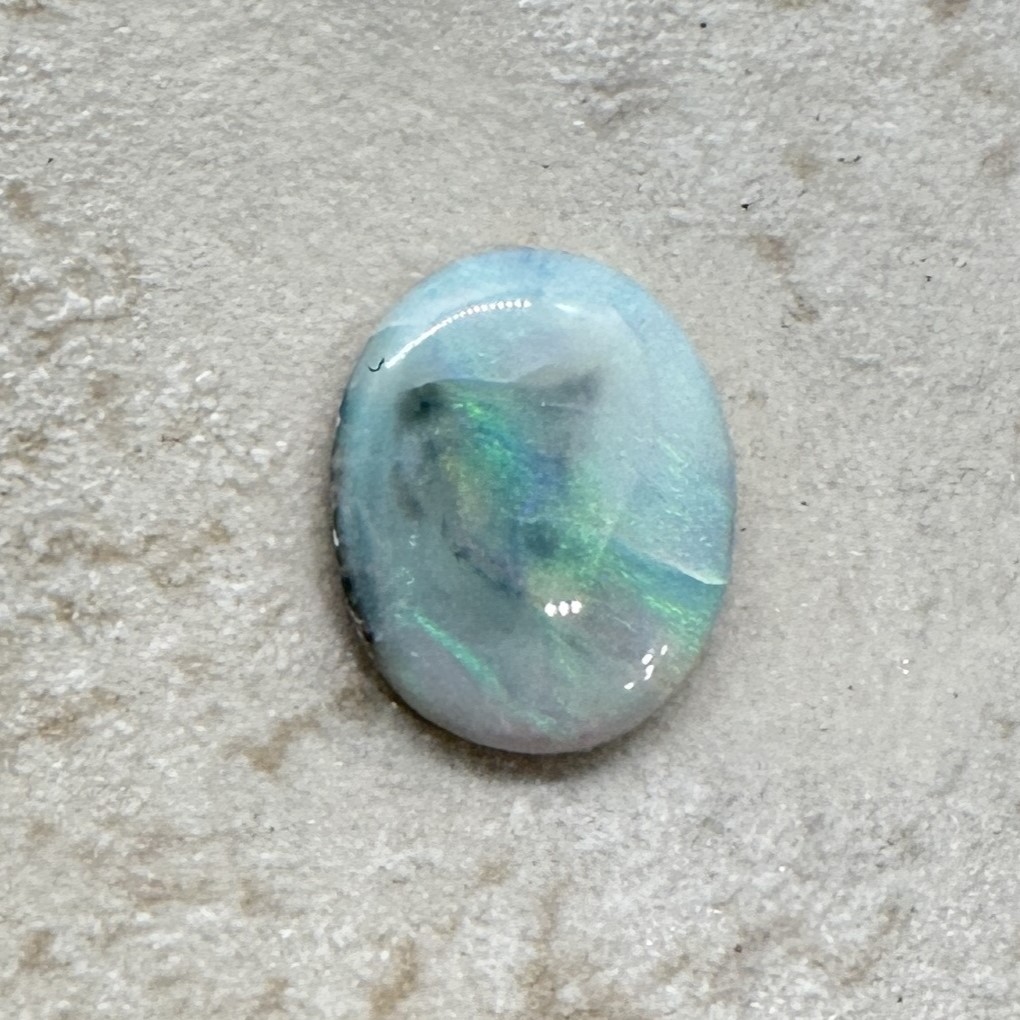
BLACK OPAL
Inclusions? Full of them! They are what make it shine and flash from all angles!
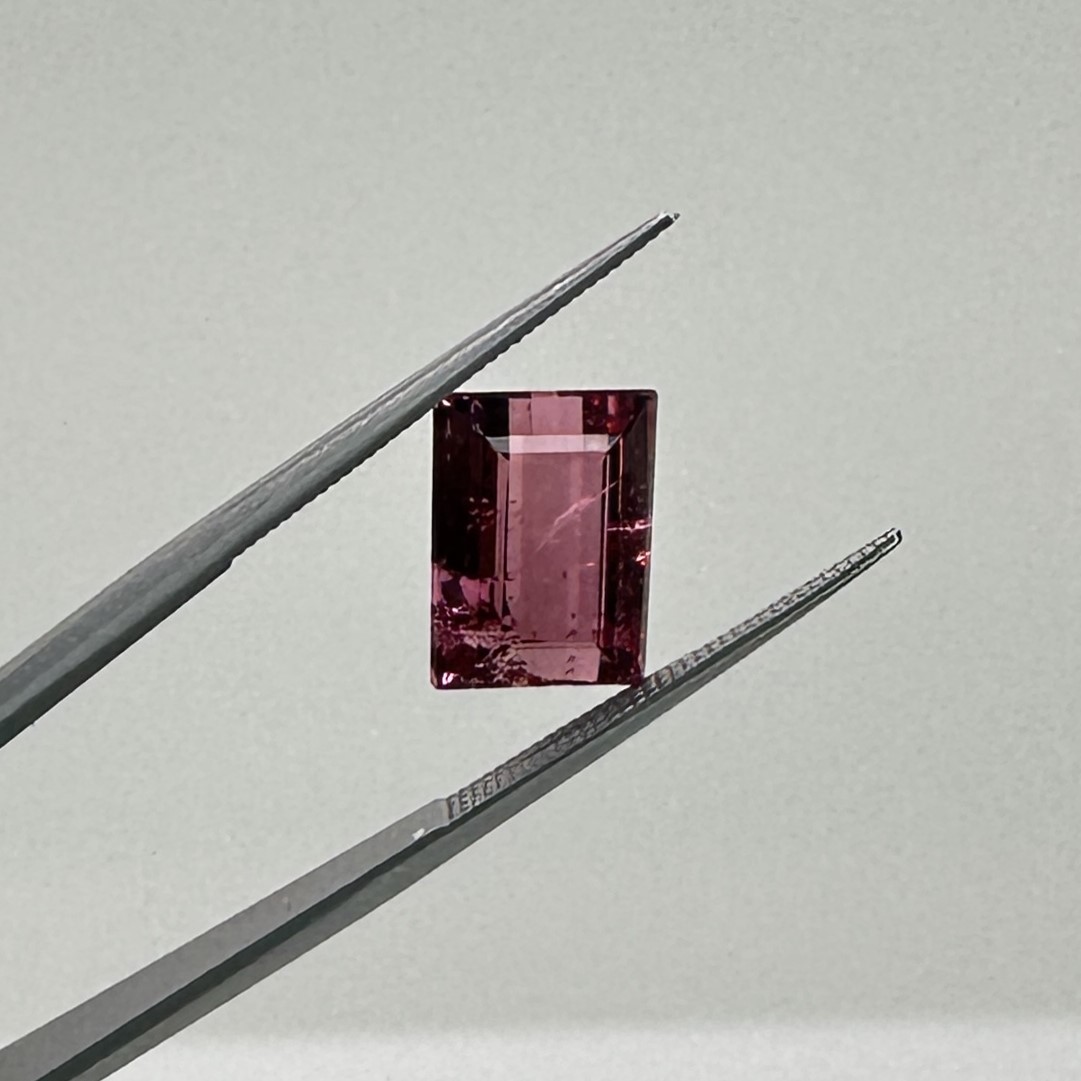
TOURMALINE
This could go either way. Its inclusions lessen its value, but attract a buyer looking for a very organic and unique look.
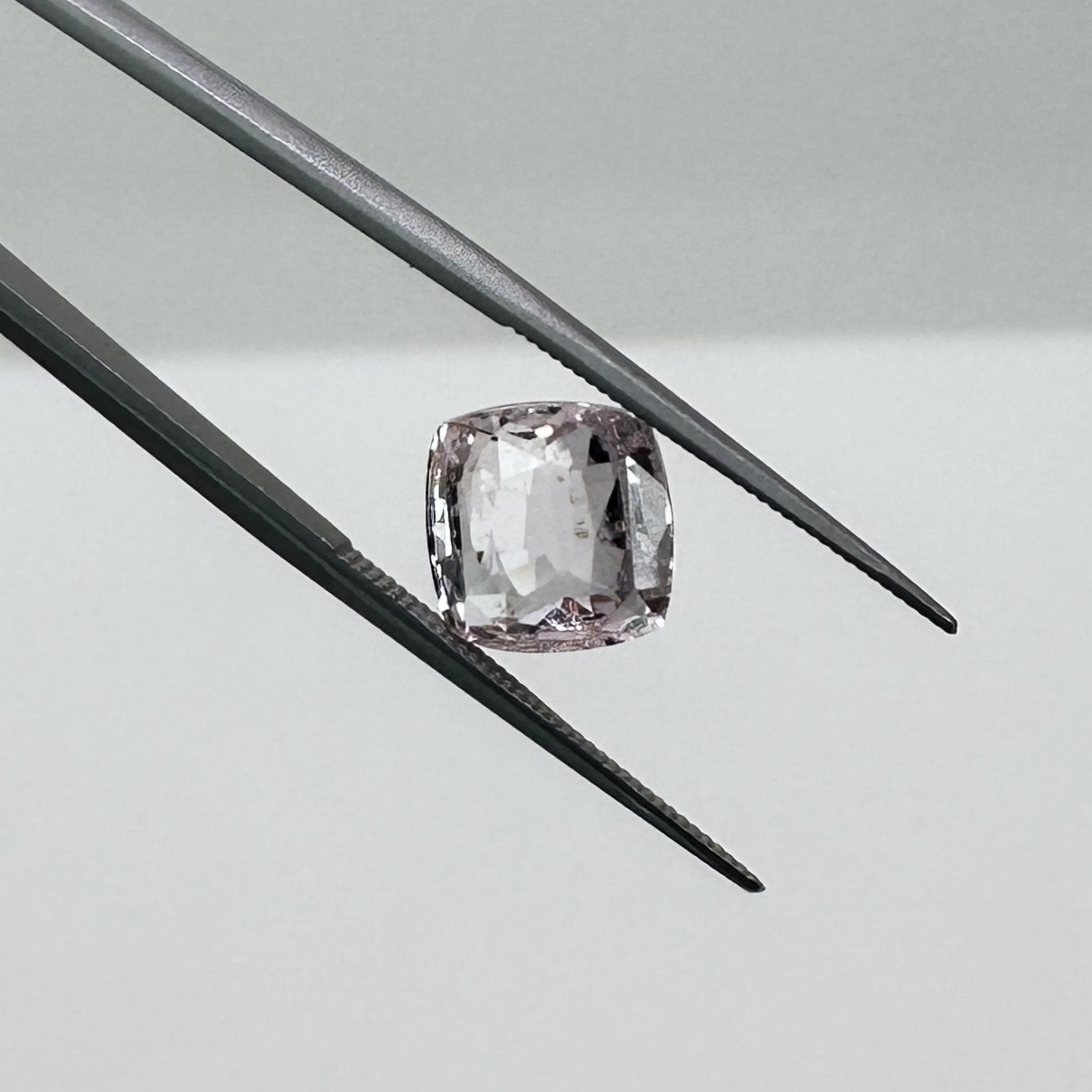
PINK SAPPHIRE
While the inclusions do hurt the value a little, it is such a rare color, cut and size that its uniqueness will appeal to some.
And look how, once this Pink Sapphire is set you can barely notice its “birthmarks”!
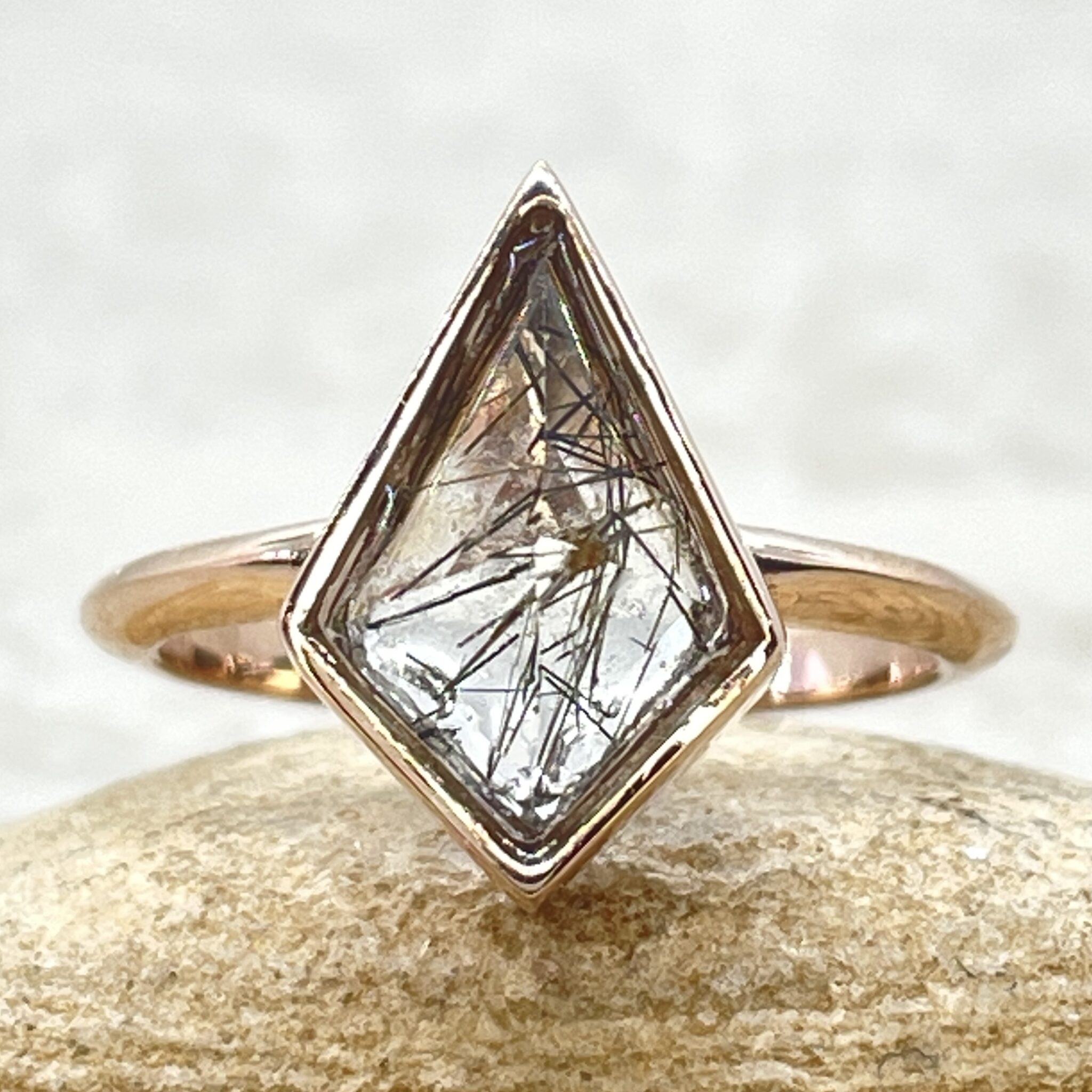
RUTILATED QUARTZ
Look how this gem’s inclusions create a desirable pattern of beauty!
WHAT ABOUT TREATMENTS? ARE ALL TREATMENTS BAD?
Again the answer might surprise you – no. It depends. Here are some examples:
- Did you know that according to some sources about 95% of Sapphires have Heat Treatment? And so does Pink Morganite, Prasiolite and many others. Heat is gently applied to these Gemstones to help stabilize their color as well as other things. While a gem that has no heat treatment does fetch a higher price, heat is generally acceptable in many Gemstones.
- Diamonds are a different story. In general, any kind of treatment is frowned upon and devalues the Diamond.
- Fractures – now this gets into something you DON’T want. This is where the stone has either cracked, or nature has not filled in it’s cracks. This can mean that your stone is weak, and with one good hit to the stone as you take clothes out of the dryer, it can actually chip or break.
- Glass Filled – this is a manmade technique where someone will drill out the inclusion from the stone and then fill it with glass. It’s a great, budget friendly way to get a bigger stone that you otherwise couldn’t afford. But it does really devalue the stone and can weaken its structure.
- Other treatments. From here, there are a crazy amount of treatments that man has come up with to mess with what nature has made. Usually it’s to make the buyer think they are getting a better stone than they actually are.
So know your jeweler. Pick someone with good reviews that you know you can trust. We will always do our best to set the kind of stone you want in your jewelry. If you have any questions, we are her to help.
Hope you enjoyed this!
- Laurie Sarah & Avo
